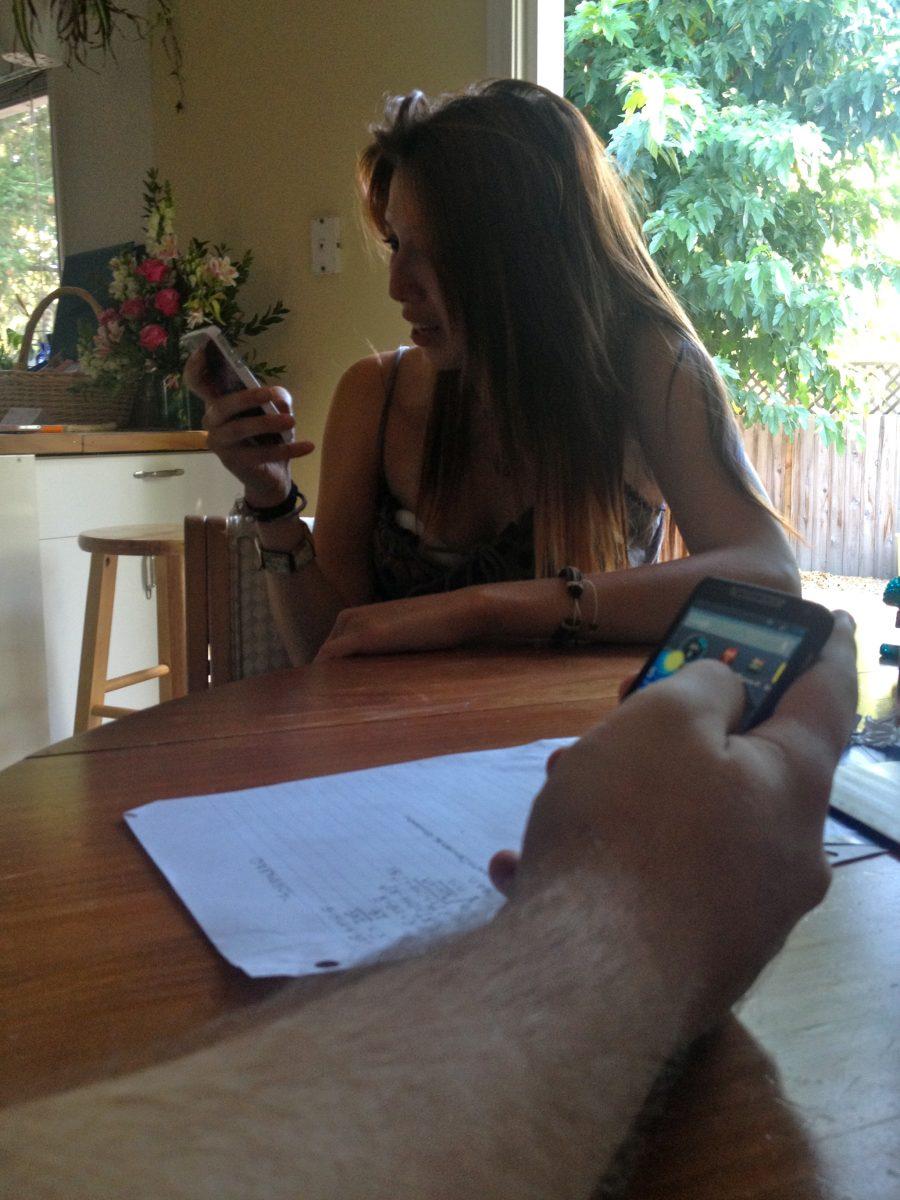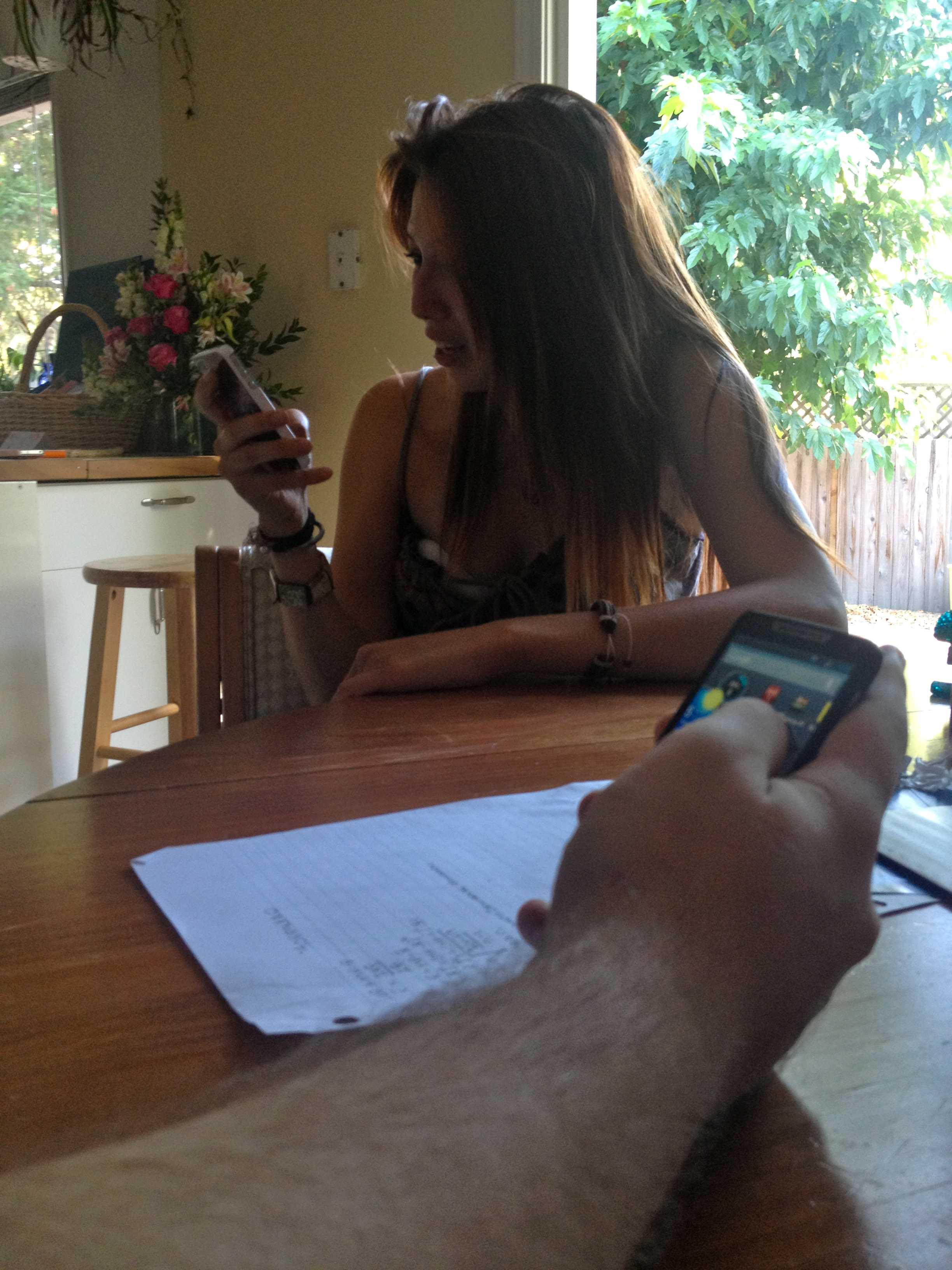Starting in 2004 with the launch of popular social networking website Facebook, our society began to shift in the way we view social interaction. Some may argue that this new online community craze started with Myspace or Friendster, but they were the only ones of their kind when they were still relevant.
Twitter launched right before Facebook in 2006, then Instagram in 2010, and most recently, Twitter-owned Vine launched in 2012. We can attribute this social networking site boom to the demand we as a general public are producing.
More specifically, the demand of “Generation Y” (those of us who were born between the 1980’s and 2000). I believe young-adults cannot get enough of these e-communities. As of 2012, Twitter hosted over 500 million registered users, and Facebook had over a billion active profiles. Once can directly relate these numbers to a recent poll done by reuters.com whose results show that 54 percent of those aged 18-29 use Facebook continuously. Although the same poll says 50 percent of young adults do not use Twitter, I’ll bet you know at least a few people that love sharing their every move in 140 characters or less.
It could be a possibility that those are the friends you find most annoying, or hardest to talk to? Are they the type of friends that respond quicker if you send them a text rather than a question in person? These kinds of situations are becoming increasingly prevalent with our generation.
A lot of us (including myself) are spending more time with our internet community rather than our physical community. That is why parents keep telling many of us to go outside and make “real” friends.
They don’t realize that our 300 plus friends on Facebook are all the company we need. They don’t comprehend that we could engage in normal social behavior with our hundreds (depending on how well one runs their blog) of followers on Tumblr.
Instead, when we enthusiastically explain that we just gained a few new followers, they begin to worry that their child is beginning to run an increasingly popular cult.
I know it’s easier for me to find more people I share interests with on social media platforms just because I am able find them while searching through tags.
To be honest, I like some of my internet friends more than some of my real-life friends. Although, this is not the only reason some of us prefer using our laptops and smart phones to more traditional social gatherings.
“I like that I have the ability to be more straightforward with people [on the internet],” said SSU sophomore Michael Morelli.
It’s true, attempting to build relationships with e-friends and followers tends to be easier when you don’t have to worry about usual social norms.
This frame of mind can still yield consequences though. I have noticed people, and myself, becoming impatient and irate when dealing with the outside community. Relationships with friends and family can become skewed when there is not enough physical interaction between one-another.
This is why we as a generation need to maintain a healthy-balance between the social networking world that we have come to love and embrace, with physical world that we all still thrive in.





![[Both photos courtesy of sonoma.edu]
Ming-Ting Mike Lee stepped in as the new SSU president following Sakakis resignation in July 2022](https://sonomastatestar.com/wp-content/uploads/2024/04/CC4520AB-22A7-41B2-9F6F-2A2D5F76A28C-1200x1200.jpeg)



























